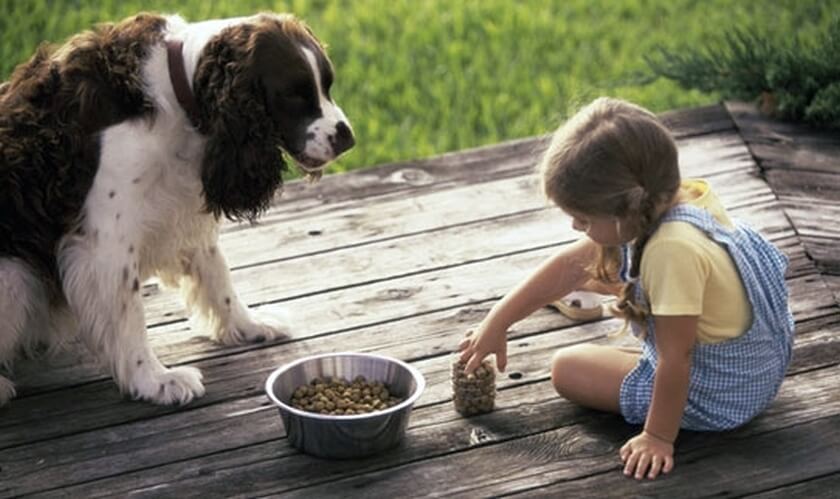Unsettling Assumptions
An unsettling video released today by the U.S. Food and Drug Administration’s Center’s for Veterinary Medicine cautions consumers of the health dangers associated with pet food: foodborne illness and disease.
The most troubling aspect of the message is that they are warning consumers to assume that all pet food is probably contaminated and should be handled accordingly: With the same caution as the raw meat and poultry the USDA has determined is more than likely contaminated.
Better Safe Than Sick
The video brings to light how you might avoid becoming ill if you follow some basic, common-sense food safety guidelines. And what steps to take should you suspect a pet food has adversely affected you or your pet.
Worms & All Sorts of Germs
As with human food, pet food can be contaminated with a number of foodborne bacteria. For example, Salmonella are microscopic living creatures that pass from the feces of animals to people or other animals and back again. The bacteria live in the intestinal tracts of infected animals and humans. Strains that cause no symptoms in animals can make people sick, and vice versa.
Practice Good Great Hygiene
When a pet food is contaminated with a foodborne disease it should be reported to the FDA and then, hopefully, recalled by the FDA. But just in case the contaminated pet food slipped through their tightly knit safety net, the FDA suggests you follow your mother’s advice and wash your hands. And for Heaven’s sake, if you have a toddler who likes playing with kitty’s or doggy’s food, wash their hands lest they become infected with Salmonella or E. coli as well.
Seriously Scary Pet Food
Salmonella infections can be life-threatening especially for infants and young children, pregnant women and their unborn babies, and older adults, as are people who are immune compromised. Salmonella infection, causes more hospitalizations and deaths than any other type of germ found in food.
Swallowing Poop
What about E. Coli? Escherichia coli O157:H7 and other Shiga toxin-producing Escherichia coli (STEC) live in the guts of ruminant animals, including cattle, goats, sheep, deer, and elk. The major source for human illnesses is cattle. Infections start when you swallow STEC—in other words, when you get tiny (usually invisible) amounts of human or animal feces in your mouth. Unfortunately, this happens more often than we would like to think about. Exposures that result in illness, in this case, is the consumption of contaminated pet food.
It Should be Shitty in the First Place
What I really want to know is how bacteria from poop came to be in pet food? What might have been an illuminating exploration into the reasons why pet food becomes contaminated with poopy bacteria, and what steps the FDA takes to prevent it from happening, the video instead focuses on what consumers can do to protect themselves from foodborne bacteria in pet food. And what steps consumers should take if they suspect they or their pet has become ill as a result contaminated pet food.
Since we know that our system of industrialized food production is not likely to change any time in the near future I think we can expect to see reports continue of food infected with bacteria. Despite this depressing knowledge, we can depend on the FDA to dole out some good, old-fashioned home-spun advice and remind us to do what mother told you to do: wash your hands!





Pingback: Third time’s the charm? Diamond Pet Foods recalls more dry dog food made at its troubled South Carolina plant « Poisoned Pets
Pingback: RECALL: Diamond Pet Food expands recall; Chicken Soup for Pet Lovers Soul « Poisoned Pets